Gerald Reveals the Insects of Borneo
Posted by Gerald Broddelez
in Asia & Pacific
Insects are the most widely dispersed and the most numerous of all animals. Of the 2 million or so known species of plants and animals, about 700,000 of them are insects.
Borneo is home to a group of insects that is more bizarre and diverse than any other. It is certainly the world’s insect hotspot! During our last Apex Borneo expedition, we saw several of the weird insects that inhabit this Southeast Asian island.
1. Atlas Moth
Atlas Moths are considered the largest moths in the world. Their wingspans reaching over 10 inches (25 cm), with females appreciably larger and heavier than males. They are said to be named after Atlas of Greek mythology, the child of one of the original titans.
This moth is predominantly maroon in color with triangular, diaphanous “eyes” on both forewing and hindwing, bordered in black. Its body is hairy and disproportionately small compared to their wings. They do not have fully formed mouthparts as they have no need to feed! During their two week adult life they survive entirely on larval fat reserves that they build up while in the caterpillar stage. Females release powerful pheromones which males detect from several miles away with the help of chemoreceptors on their large feathery antennae.
2. Rhinoceros Beetle
Male Rhinoceros Beetles have huge horns and are highly territorial. They stake out a good feeding spot and wait for females to arrive. They challenge all other males as opponents and competitors. A typical fight consists of two males with solid, heavily-armored tank-like bodies trying to bulldoze each other off of a tree trunk. If one combatant gets his long front horn underneath his opponent, he uses it to flip the other off the trunk. They use their brushy mouthparts to mop up the sap found on the trunks of oak trees, and are thus very common in coppice woodlands. The larvae develop underground in soft rotting logs or fermenting compost.
3. Luna Moth
“Luna” is Latin for moon, so the name relates to the moth’s moon-like spots. These eyespots are off-putting to predators that think the moth is a larger, more dangerous creature that should not be attacked. When caterpillars are attacked they click their mandibles (mouth parts) and regurgitate smelly liquids when threatened by predators. New studies have also shown that spinning tails behind a flying moth interfere with a bat’s echolocation and help lure bat attacks to the elongated parts of the hind-wings instead of the more vulnerable body.
4. Brooke’s Birdwing Butterfly
First caught by Alfred Russell Wallace and named after his friend in Sarawak, the Raja Brooke’s Birdwing is one of the world’s largest, rarest and most colorful butterflies. Native to the rainforest of Borneo, it is brilliantly colored and has a wingspan of 6 to 12 inches. A reason it’s so rarely seen is that it spends most of its time in the upper canopy.
5. Large-legged Centipede and Cockroaches
Gomantong Cave on the island of Borneo is home to millions of bats and Swiftlets (known for the valued bird nest soup). But it’s the horrific numbers of cockroaches and parasites that live in the cave’s huge guano deposits that make it seem like something out of Indiana Jones and the Temple of Doom. Luckily the cave can now be visited by a wooden boardwalk! The cockroaches perform a vital role in the cave system by consuming the flesh of dead animals which prevents the outbreak of dangerous diseases.
The Large-legged Centipede that reaches up to 10 inches (25 cm) in length, is a venomous centipede that looks like a freak coming out of a nightmare! It lives deep in the dark caves where it feeds on cockroaches and dead bats. It uses its long legs for feeling the surface to build a mental picture of its environment and detect if there is anything nearby to eat.
6. Lanternfly—the Unicorn of the Insect World
The Lantern Fly got its name because people originally thought the snout was luminous at night, but this is not true. This weird, long, and colorful creature feeds mainly on plant sap with its large mouth. According to local myth, if you are bitten, you need to have sex within 24 hours or you will die!…but the Lantern Fly does not bite! Due to its peculiar mouth and colorful wings, the Lantern Fly is a favorite subject of photographers. It can often be found during the day resting on a tree.
7. Stick Insects
There are about 3,000 species of stick insect in the world. The biggest, Chan’s Megastick, grows up to almost 2 feet (56 cm)! It was only discovered in Kinabalu in 2008, so it rightfully deserves the title of “best camouflaged insect on the planet!” Stick insects, also known as phasmids, have some of the animal kingdom’s cleverest camouflage. Although some phasmids use noxious sprays or prickly spines to deter their predators, generally the bugs assume the shape of sticks and leaves to avoid drawing attention. Their main defense is basically hanging around like a twig. Many species of stick insects are parthenogenetic, which means the females can produce eggs (offspring) without mating with males! Even the eggs look like seeds, to fool carnivorous predators.
8. Praying Mantis
Mantids are first rate hunters. Rather than stalk their prey, they wait patiently, well-camouflaged against their backgrounds, grabbing unsuspecting prey with a quick lunge. The front pair of legs are lined with barbs that are designed to seize and hold prey. At the tips of each of these legs is a large, curved spike, which is often used like a grappling hook to make the initial grab. Once the prey is secured between the legs, the mantis methodically tears the prey to pieces and eats it. Sharp jaws are used to cut the prey into bite-sized pieces.
One of their favorite places to catch prey is just below blooming flowers where they wait to pounce on insects coming to the flower to sip nectar or collect pollen. Mantids lay their eggs inside protective sacs called ootheca. The sac is made of foam secreted by the females along with her eggs. At first the foam is soft, but when it come in contact with air, it hardens into a tough, fiber-like material that protects the eggs throughout the long winter months.
9. Whip Scorpion
With leathery upper shell and a whip-like tail, the Whip Scorpion looks like the perfect killing machine. However, it does not use its sharp claws to kill its prey, instead it sprays a very potent chemical (a mix of acetic acid and octanoic acid) onto its victim. The smell is terrible, like a mix of stinky socks soaked in strong vinegar. Whip Scorpions love cockroaches so it never hurts to have a few of them in your cellar!
10. Stalk-eyed Fly
In the case of the Stalk-eyed Fly, size does matter…for the longer the stalks of the male flies, the more attractive they are to potential mates. Apart from their good looks, they have another rather remarkable feature. They are able to gulp air bubbles up into their heads. They then pump those air bubbles into the stalks that support their eyes, to make them stand at attention and hopefully impress the ladies (if they are longer than the other guy’s stalks that is!)
Do let us know which insect was your favorite. Or better yet, join us on our Borneo expedition to see some of these magnificent creatures for yourself!

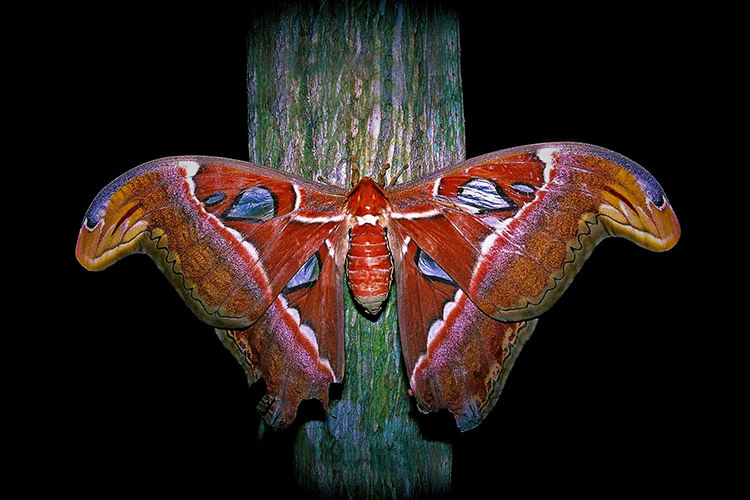
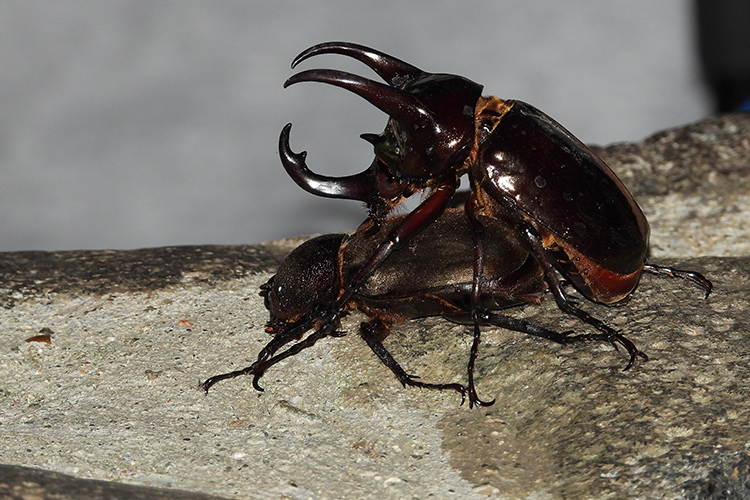
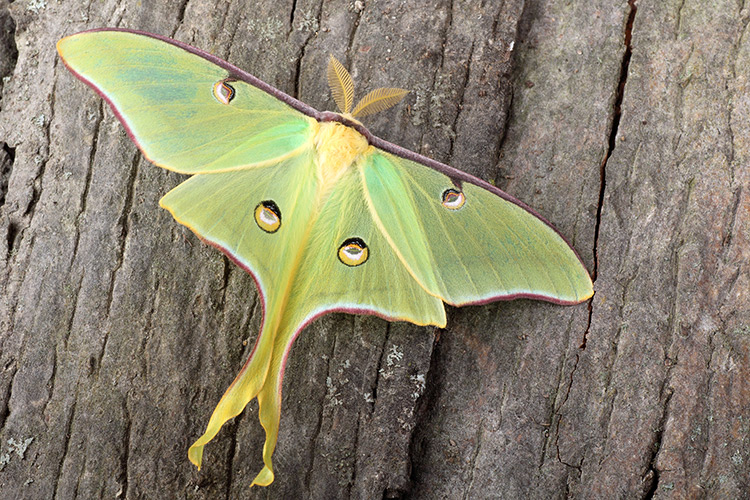
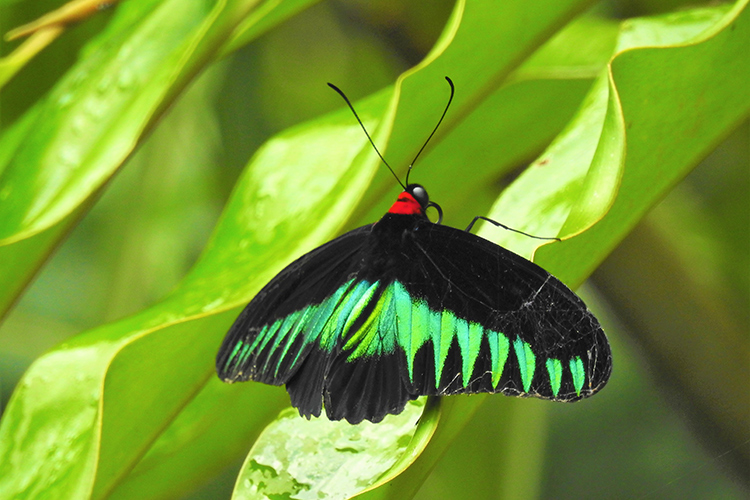
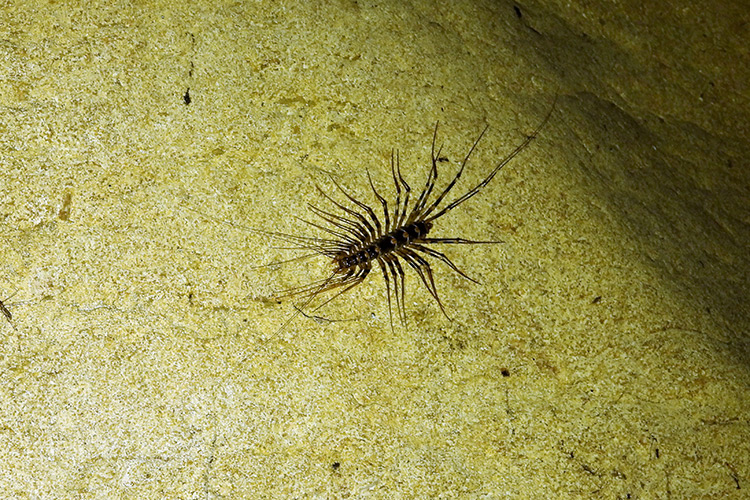
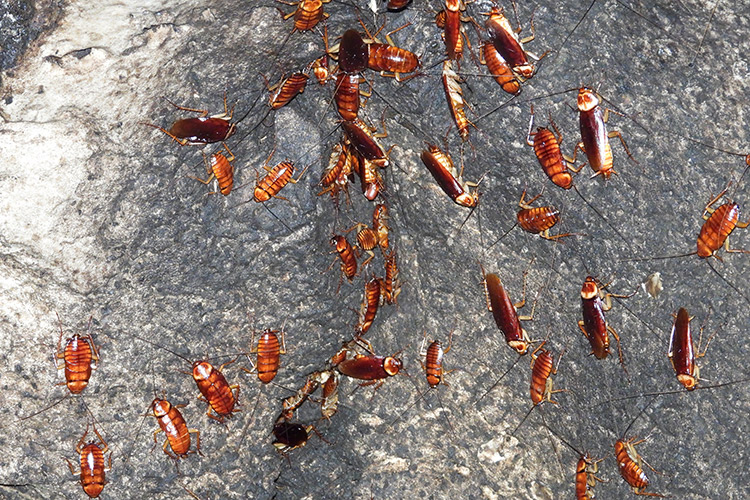
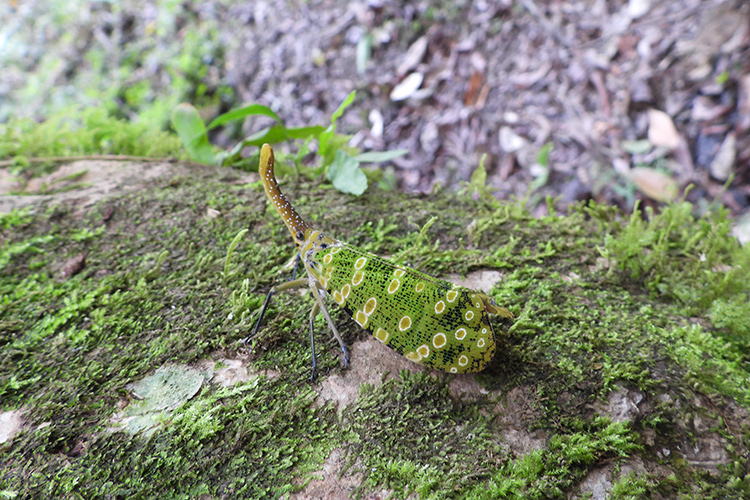
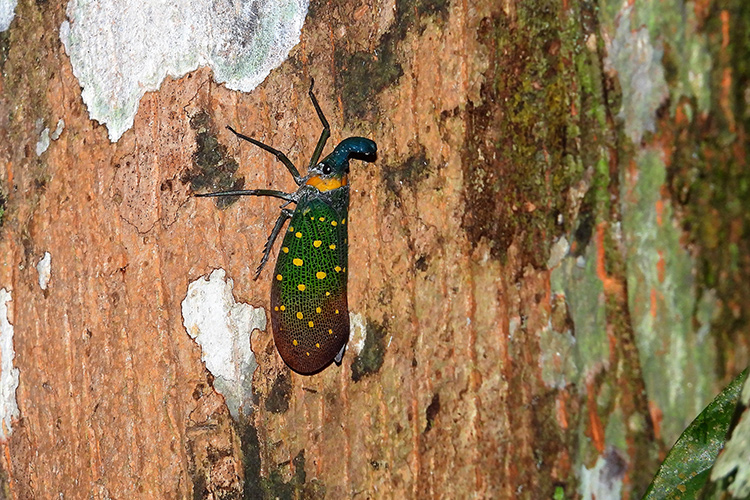
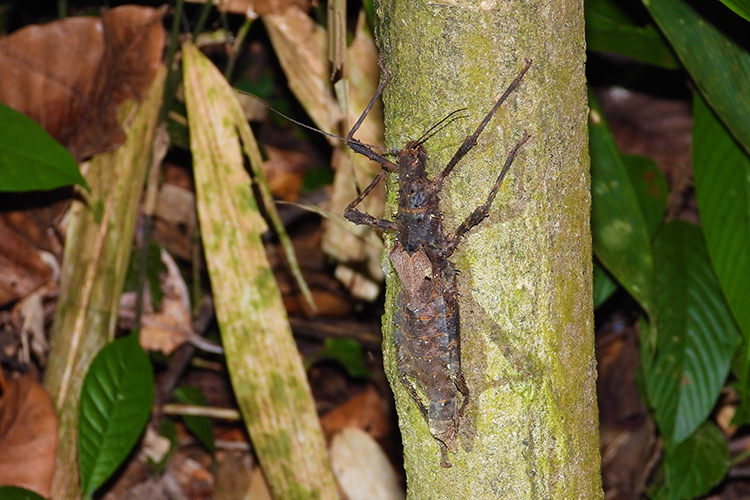
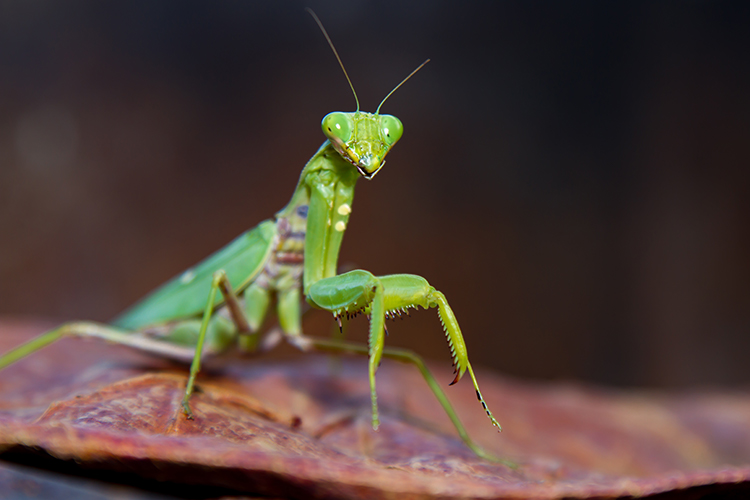
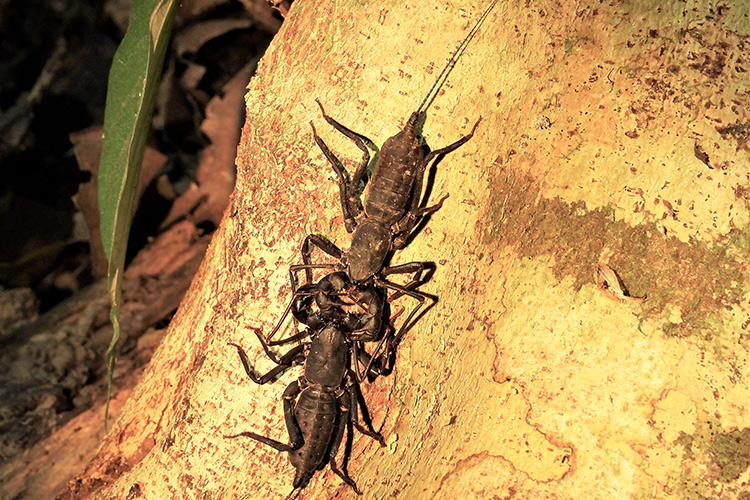
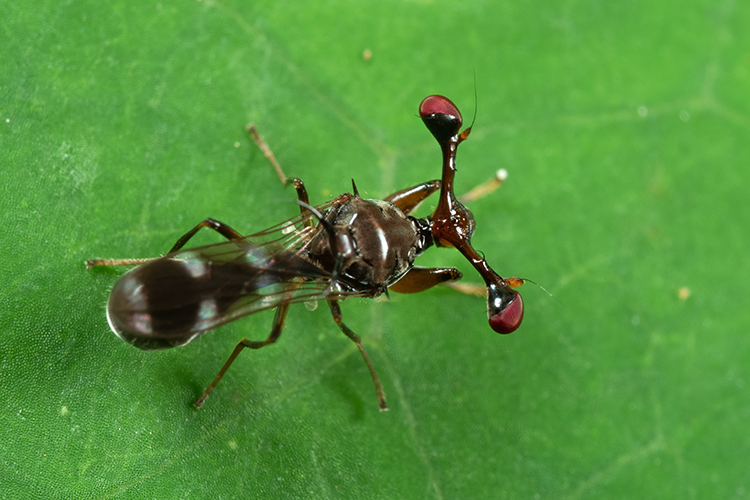
In 1977 and 1978 I lived in Balikpapan, Kalimantan Timur, Indonesia working as an ESL teacher. I was there with one other person and during our free time we explored. One day we were visiting a family who were working in public health. They had a home at the edge of the rainforest. Nearby there were some logging roads so we went exploring on our motorcycles. We came to a hill with a communication tower on top. We rode up and we’re greeted by the friendly workers. What really stood out was the large number of insects. The blinking lights on the tower seemed to have attracted insects, particularly flying insects. There were rhinoceros beetles, large flying insects, perhaps cicadas. The prevalence of so many insects felt like an insect version of Land of the lost. I want to thank you for your article. If you have any insight into what insects we might have seen I’d be interested